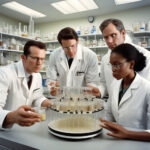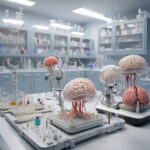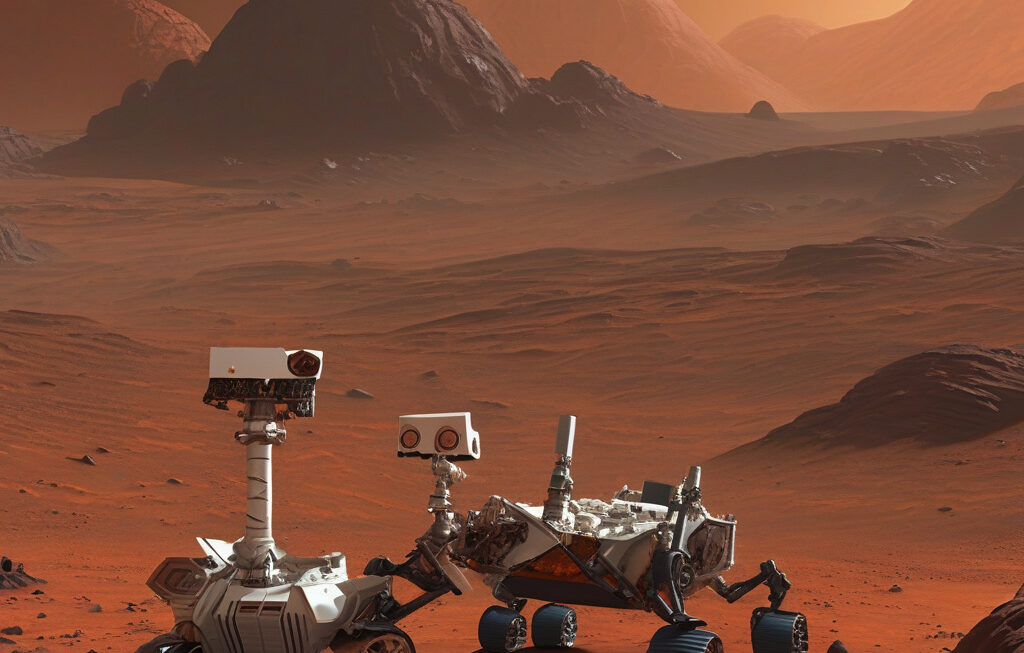Harvard Grows Algae in Mars-Like Conditions: A Promising Step Towards Life on the Red Planet
In a groundbreaking experiment, researchers at Harvard University have achieved a significant milestone in the quest for life on Mars. By successfully growing green algae in a specialized bioplastic “shelter” that replicates the harsh conditions found on the Red Planet, the team has sparked new hopes and possibilities for the future of space exploration.
The study, led by Dr. Sarah Stewart Johnson, a planetary scientist and astrobiologist, sought to understand the potential for life to survive and thrive in the extreme environment of Mars. With its thin atmosphere, low temperatures, and high levels of radiation, Mars presents numerous challenges for any form of life. However, the discovery of traces of water and organic molecules on the planet has fueled speculation about the existence of microbial life.
To test the viability of life in such conditions, the researchers created a controlled environment that mimics the atmospheric composition and light levels of Mars. The green algae, known for its ability to photosynthesize and produce oxygen, was selected as a model organism for the experiment. Placed inside the bioplastic shelter, the algae was exposed to Martian-like conditions for several weeks.
The results of the experiment were nothing short of remarkable. Despite the extreme environment, the green algae not only survived but also underwent photosynthesis, releasing oxygen as a byproduct. This groundbreaking finding suggests that certain life forms, like algae, could potentially thrive on Mars with the right conditions and protection.
The implications of this research are profound. If simple organisms like green algae can survive in Mars-like conditions, it raises the tantalizing possibility of more complex forms of life existing on the Red Planet. This discovery also has significant implications for future human missions to Mars, as oxygen production is a crucial factor for sustaining life on the planet.
Furthermore, the success of this experiment opens up new avenues for astrobiological research and the search for extraterrestrial life. By studying how organisms adapt to extreme environments, scientists can gain valuable insights into the limits of life and the conditions that support it. This knowledge will be invaluable as we continue to explore not only Mars but other potentially habitable worlds in our solar system and beyond.
As we look to the future of space exploration, the ability to grow algae in Mars-like conditions represents a promising step towards unlocking the mysteries of the universe. The research conducted at Harvard University serves as a testament to human ingenuity, perseverance, and curiosity in the face of daunting challenges.
In conclusion, the successful growth of green algae in a simulated Martian environment offers a glimmer of hope for the possibility of life beyond Earth. It reminds us of the boundless potential for discovery and the resilience of life in even the most inhospitable conditions. As we continue to push the boundaries of scientific knowledge, one question lingers: could Mars be home to life, waiting to be uncovered?
Mars, Red Planet, Harvard University, Algae, Space Exploration












